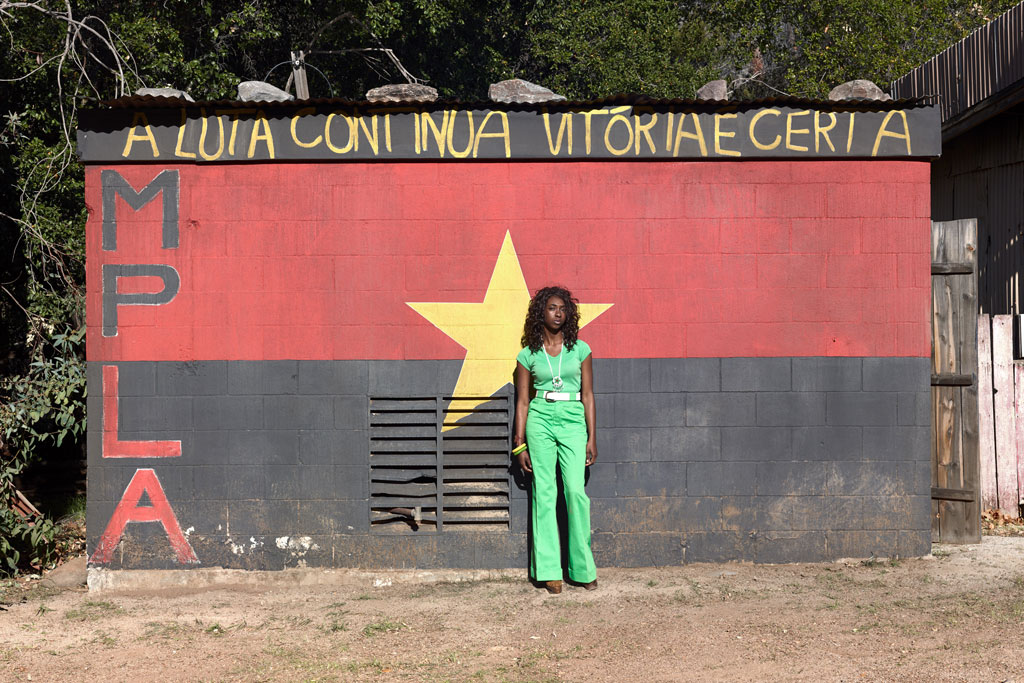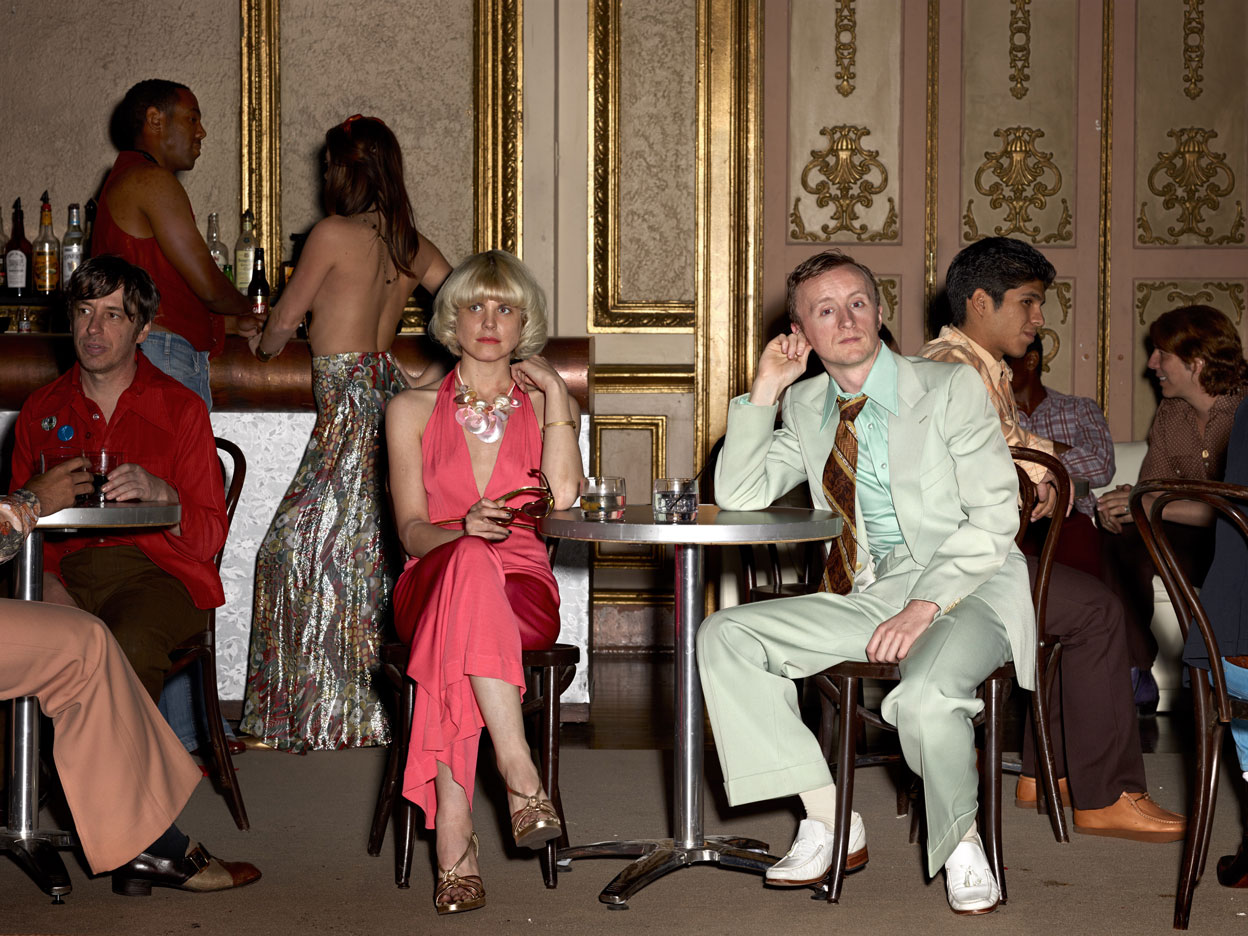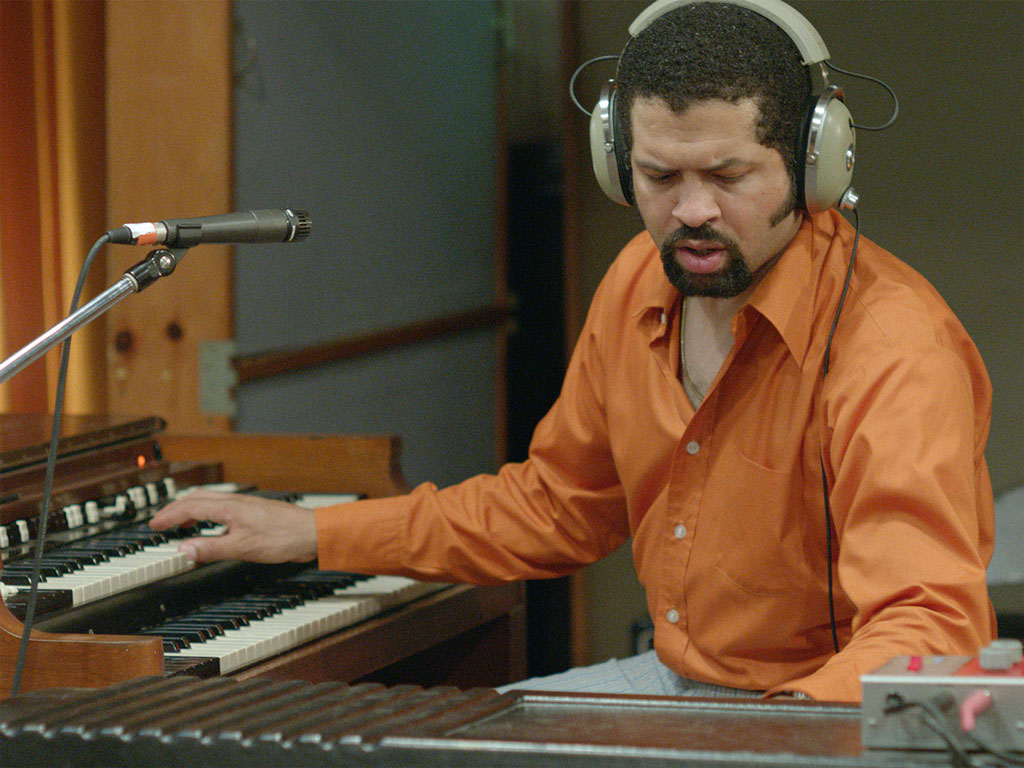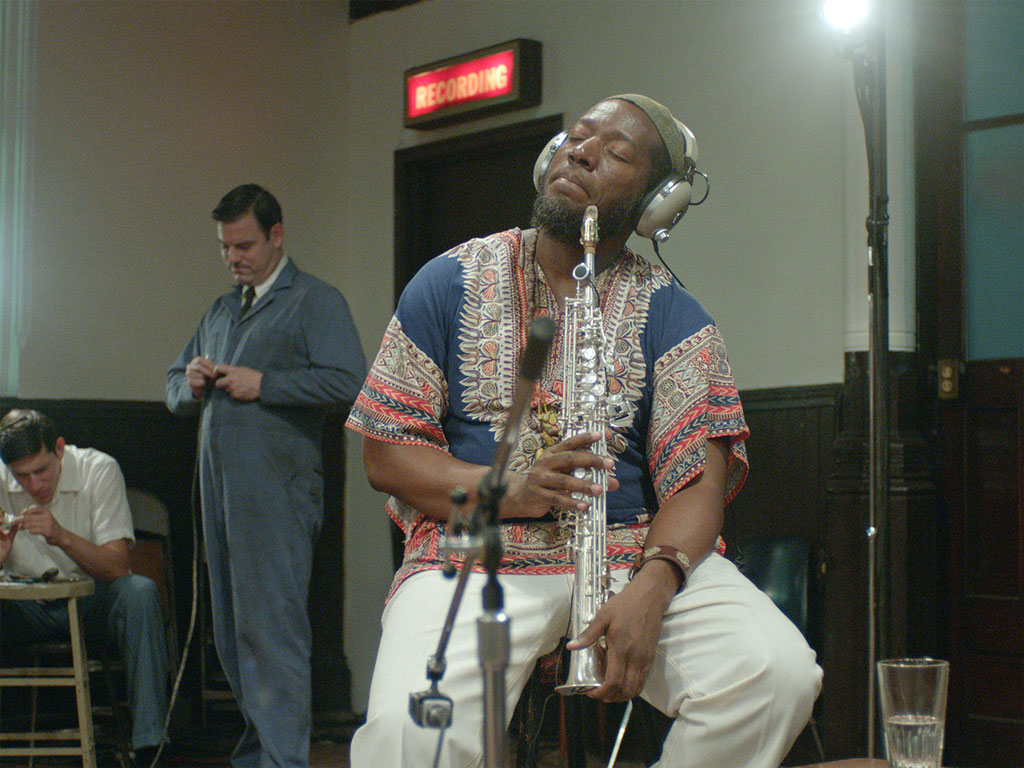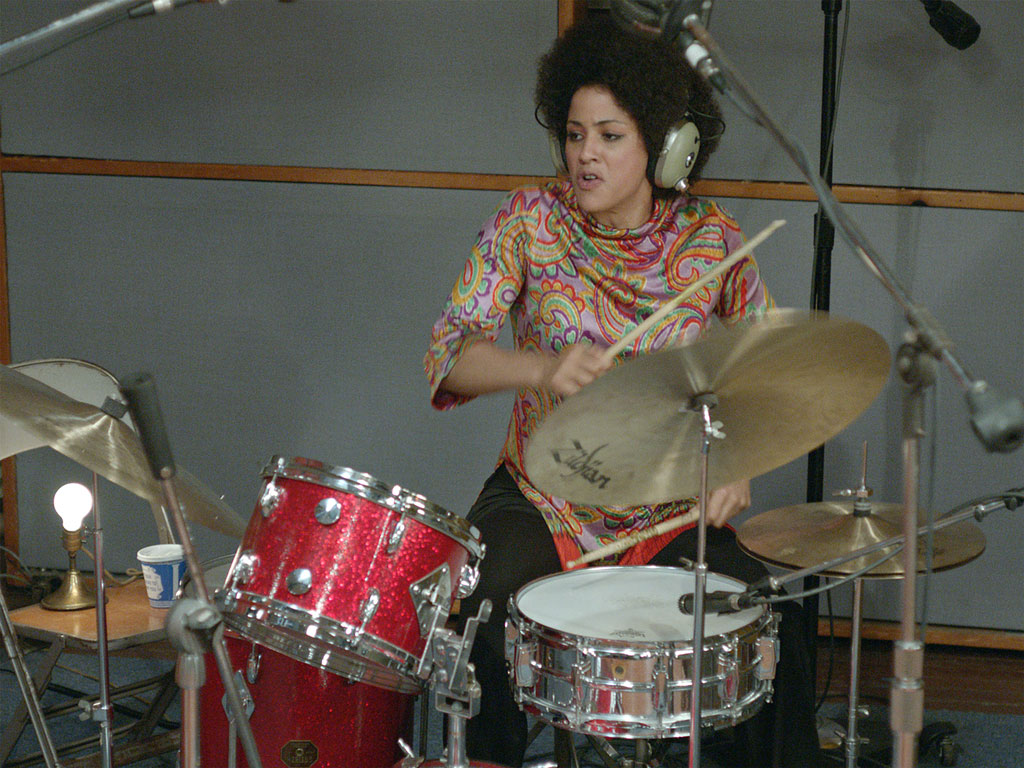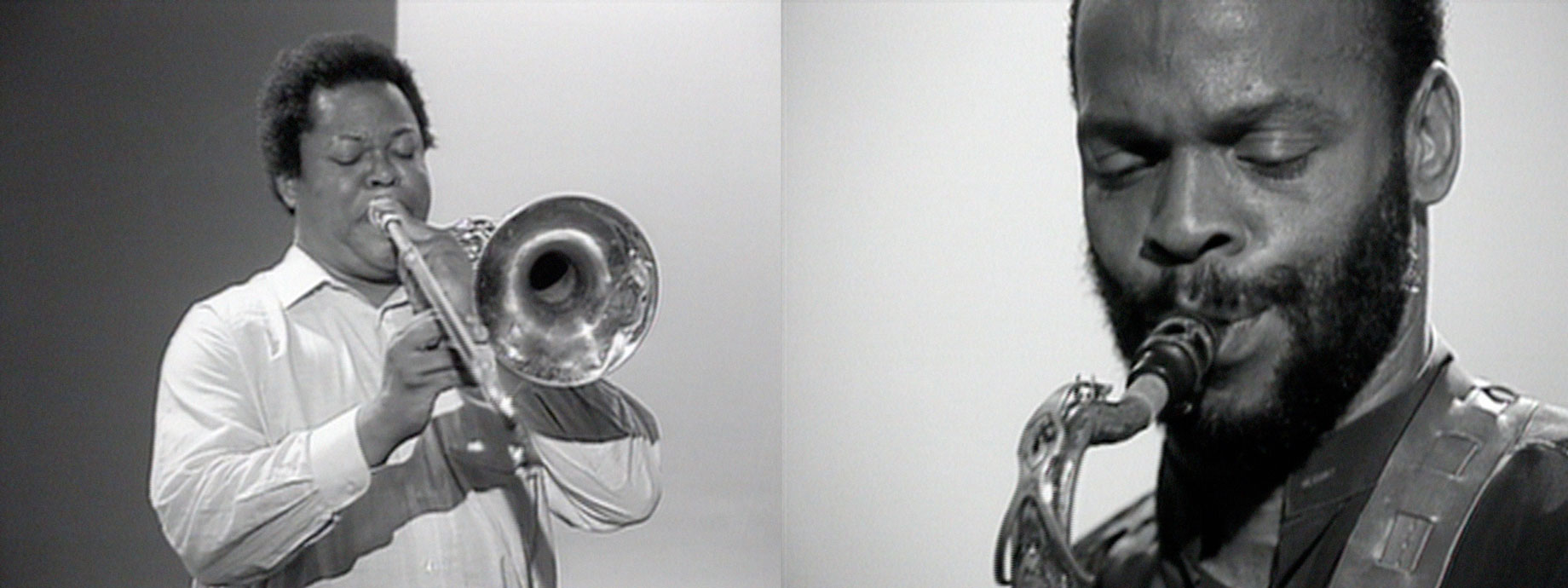ART-PREVIEW:Stan Douglas-Splicing Block
Since the late 1980s, Stan Douglas has created films and photographs and more recently theater productions, augmented reality and other multidisciplinary projects, that investigate the parameters of their medium. His ongoing inquiry into technology’s role in image making, and how those mediations infiltrate and shape collective memory, has resulted in works that are at once specific in their historical and cultural references and broadly accessible.
By Dimitris Lempesis
Photo: Julia Stoschek Collection Archive
Stan Douglas is regarded as one of the most important representatives of time-based media art. His work is being shown for the first time, since 2001, in a solo exhibition in Berlin. A splicing block is a tool for the cutting and splicing, that is the joining, of both analog film and audio material. The precision of its operation is subject to the abilities of the actual cutter; once cut, the process cannot be undone. Stan Douglas is a master of such work, creating imperceptible transitions between different times and places. It is not just the attentive staging of the filming and photography, but above all the meticulous construction in the editing room, which effortlessly conveys the viewer through space and time. The exhibition’s title “SPLICING BLOCK” is therefore a metaphor for Stan Douglas’ particular working methods. The exhibition examines the relationship between music and society, and is at the same time a reflection on the media of film and photography. The works reconstruct and imagine the 1960s and 70s, an era distinguished by (de) colonization and migration, but one equally permeated by jazz, underground disco, and Afrobeat. “SPLICING BLOCK” is presenting the two-channel video installation “Hors-champs” (1992), the six-hour video “Luanda-Kinshasa” (2013), along with large-format photographs from the series “Disco Angola” (2012). “Hors-champs” was produced by Centre Pompidou in Paris and exhibited for the first time in 1992 at DOCUMENTA IX in Kassel. It shows a performance of the free jazz piece “Spirits Rejoice” (1965), composed by the saxophonist Albert Ayler. The musicians are George Lewis (trombone), Douglas Ewart (saxophone), Kent Carter (bass), and Oliver Johnson (drums). It was filmed by Stan Douglas and a second cameraman in the AV studio of the Centre Pompidou in Paris. The installation combines two projections, on the front and back respectively of a suspended screen. One side displays the jazz performance in the style of a 1960s broadcast on French television, while the other shows footage that was ostensibly edited out. For the photographic series “Disco Angola” (2012) Douglas has again assumed the fictional character of a photo-journalist, this time a regular in the burgeoning disco underground of the early 1970s New York. For Douglas’s alter-ego, the new scene offered a cathartic respite from urban grittiness in a city on the verge of bankruptcy. Evolving out of funk and soul, the disco lifestyle mobilized the gay community in particular, and its self-conscious embrace of glamour and fashion represented a departure from the previous decade’s counterculture. Cameroonian saxophonist Manu Dibango is widely credited for writing the first disco hit, the song “Soul Makossa” from 1972, and the movement as a whole took much of its inspiration from the African continent. Douglas’s photographer traveled frequently to Angola, where civil war broke out in 1974 following a bloodless coup d’état to end Portuguese rule. His photographs reveal subtle parallels between the burgeoning disco culture and the Angolan liberation struggles. The series presents eight works four based in Angola, and four in the photographer’s native New York. Researching archival photographs, period costumes, and decor, Douglas has meticulously recreated “snapshots” from the two locations diagonally separated by the Atlantic Ocean. Each work reveals a choreographed narrative with body language and props assuming the function of clues to the historical moment: there is an elevated view of Portuguese colonialists awaiting evacuation with their boxed belongings and pets, most of which would be left at the shore in “Exodus 1975”, and another of a group of rebel fighters encircling two comrades performing capoeira, the Brazilian martial art which originated in Angola in “Capoeira 1974”. In a goldpaneled ballroom in New York, a seated, motionless couple faces the dance floor, bemused by what they are watching. They may be some of the many newcomers to the scene during the mid-1970s, when disco was rapidly becoming popular in “Two Friends 1975”. In “A Luta Continua 1974” a woman in striking green t-shirt and bell-bottoms stands in front of a wall painted with the flag and logo of the Movimento Popular de Libertação de Angola (People’s Movement for the Liberation of Angola), one of the key belligerents in the Civil War.The early years of the Angolan conflict and the development of New York’s disco scene are linked not only by an historic time frame but also by the introduction of outside elements that transformed the respective environments. Disco, an initially underground music scene, was rapidly co-opted by commercial interests that brought the scene into the mainstream, alienating many of its early adherents. In Angola the agendas of foreign governments, expressed indirectly through covert support of the warring factors, tragically prolonged the resolution of the Civil War by over three decades. The video “Luanda-Kinshasa” depicts a six-hour jam session. Ten musicians were invited by pianist Jason Moran to play a collective improvisation created especially for this work, moving between jazz, funk, and Afrobeat. Jason Moran, who already performed in the exhibition “ARTHUR JAFA: A SERIES OF UTTERLY IMPROBABLE, YET EXTRAORDINARY RENDITIONS” at JSC Berlin in December 2018, is a key figure in this project. Not least, because it was the close contact between him and Stan Douglas that led directly to the idea for this exhibition. “Luanda-Kinshasa” combines audio and film material that has been cut, duplicated, mixed and temporally extended. In fact, half of the musicians performed on two consecutive days respectively. The sessions took place in a fictional reconstruction of the legendary New York recording studio “The Church”. Between 1948 and 1981, this former place of worship hosted the recording of many pioneering albums in a variety of genres, including Miles Davis’ “Kind of Blue” (1959) and Pink Floyd’s “The Wall” (1979). The blueprint for the video was Jean-Luc Godard’s l documentary film “One Plus One” (1968), which was subsequently released as “Sympathy for the Devil”. After May 1968, Jean-Luc Godard moved to London to film the Rolling Stones recording their song “Sympathy for the Devil”. In “One Plus One”, Godard juxtaposed the Stones rehearsing with seemingly unrelated scenes with a soundtrack featuring, among others, the Black Panthers. The film showed the Stones at work, deconstructing the myth of the genius creator.
Info: Curator: Paola Malavassi, Julia Stoschek Collection, Leipziger Strasse 60, Berlin, Duration: 2/11/19-1/3/20, Days & Hours: Sat-Sun 12:00-18:00, www.jsc.art
